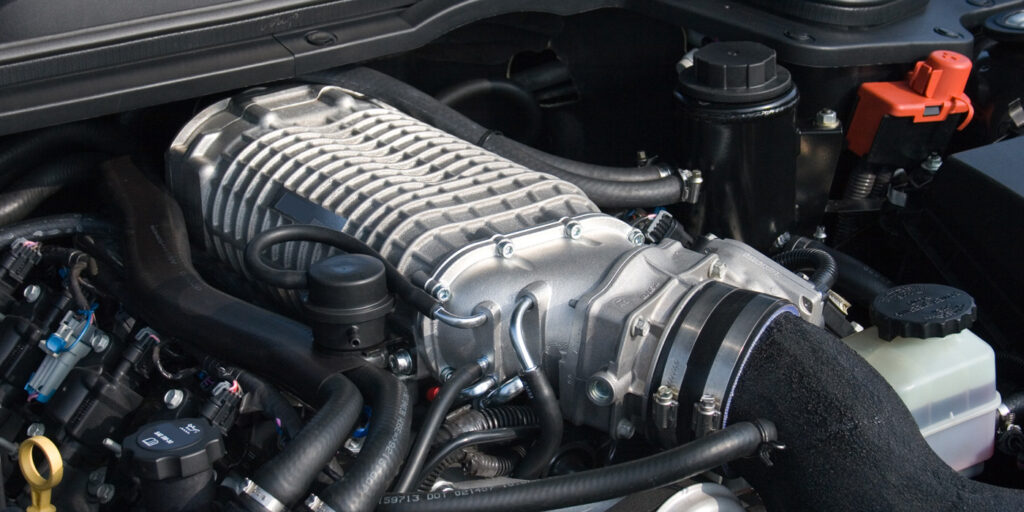By Larry Carley
Technical Editor
You’ve built an engine exactly the same as the last engine, but the power seems to be down 10 to 20 horsepower on the dyno. Could it be excessive blowby because of a ring sealing problem? One way to find out is to measure crankcase blowby.
A blowby flow meter can tell you precisely how much blowby is occurring inside the engine. Unlike a cranking compression test or a static leakdown test, a blowby test actually measures the volume of gases that are entering the crankcase past the piston rings. The flow meter allows you to measure blowby from any engine speed, all the way from idle to wide-open throttle.
A blowby test requires a blowby flow meter. The meter measures airflow, and is attached to either the crankcase vent on a valve cover breather, or the PCV valve fitting. On a V6 or V8 engine, the opening on the opposite valve cover must be temporarily blocked so all the airflow from the crankcase will flow past the meter.
When the engine is running, all blowby that leaks past the rings will flow through the crankcase, out the valve cover opening and through the blowby flow meter sensor. The meter outputs an analog voltage signal that ranges from zero to five volts. The display can then be converted into units that show you the volume of airflow per unit of time. Most engine builders typically display the reading in cubic feet per minute (cfm), though heavy-duty engine builders more often use cubic feet per hour (cfh).
One supplier of blowby flow meters said contrary to what many people think an engine typically has more blowby at idle than at higher rpms. As the speed goes up, the rings actually seal better and blowby drops.
How much blowby is normal? Dividing an engine’s maximum horsepower output by 50 will give you a ballpark number for how much blowby you would normally expect to see. For example, a street performance engine that makes around 500 horsepower will typically have about 10 cfm of blowby with conventional pistons rings and ring end gap tolerances. Higher performance engines that are built to tighter tolerances will usually have less blowby, as might those with gapless piston rings. An 800 to 900 horsepower NASCAR motor, for example, might only have 5 cfm of blowby.
Less blowby means more usable horsepower. Being able to baseline the actual blowby in an engine means you can then go back and try different ring configurations, ring types (conventional or gapless), different ring end gap settings and cylinder wall finishes to see which combination gives the best seal and the least amount of blowby.
Measuring blowby has been one of the best kept secrets with performance engine builders because it allows them to see how well the rings are or are not sealing. It also allows them to detect any ring flutter that may be occurring within a particular rpm range, and to then change the mass or end gaps of the rings to minimize the problem.











